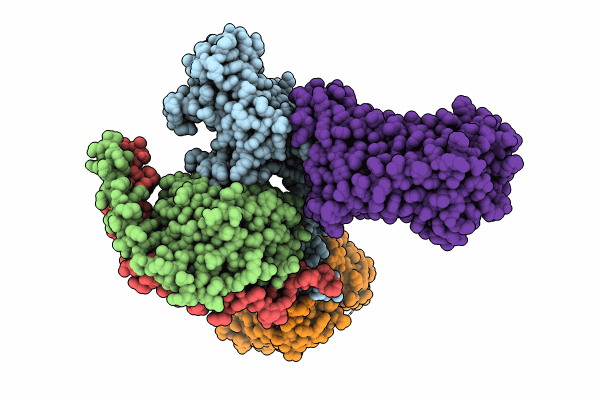
Deposition Date
2024-07-13
Release Date
2024-10-02
Last Version Date
2024-11-13
Method Details:
Experimental Method:
Resolution:
2.90 Å
Aggregation State:
3D ARRAY
Reconstruction Method:
SINGLE PARTICLE


